Plushies—those soft, cuddly companions—are often more than just toys. They’re treasured keepsakes, childhood comforts, and sometimes even family heirlooms. But a common question that pops up for owners and collectors alike is: How long do plushies actually last? The lifespan of a plushie depends on several key factors including material quality, how well it’s cared for, and its usage environment. Proper maintenance can extend a plushie’s life from a few years to several decades, making it a lasting source of joy.
In brief, plushies typically last anywhere from 3 to 10 years with normal use, but this varies widely based on materials, construction quality, and care practices. Some well-made plush toys can even remain in good condition for decades when properly maintained.
Imagine a beloved teddy bear passed down through generations, its worn fur telling stories of laughter and comfort. Understanding what affects plushie longevity helps you keep your own soft friends around longer, preserving memories and smiles. Ready to dive deeper? Let’s explore everything you need to know about plushie durability and care.
1. What Factors Affect the Lifespan of Plushies?

The lifespan of a plushie depends largely on materials, construction, usage, and care. High-quality fabrics and stuffing, combined with gentle handling and proper cleaning, can significantly extend how long a plush remains soft and intact.
- Material Quality: What Makes a Plush Durable? Plushies made with high-grade polyester fibers or natural cotton tend to resist wear better than cheaper synthetic blends. Similarly, premium stuffing materials like memory foam or high-density polyester maintain shape longer.
- Construction Techniques: Why Stitching Matters Double stitching and reinforced seams prevent stuffing leakage and tearing. Mass-produced, cheaply made plushies often use single stitching, which wears out faster under play.
- Usage Patterns: How Play Affects Longevity A plushie that’s constantly hugged, washed, and played with daily will show signs of wear sooner than one kept mostly for decoration. Rough handling accelerates fiber breakdown and seam stress.
- Care and Cleaning: The Role of Maintenance Frequent or improper washing can degrade fibers and stuffing. However, neglecting cleaning allows dust mites and bacteria to accumulate, which can damage fabric over time. Balance is key.
- Environmental Conditions: Impact of Storage and Exposure Plushies stored in humid or dirty environments can develop mold or discoloration. Sunlight exposure can fade colors and weaken fibers. Proper storage prolongs life. Factor Description Impact on Plushie Lifespan Material Quality High-grade polyester fibers or natural cotton resist wear better; premium stuffing holds shape longer. Improves durability and shape retention. Construction Techniques Double stitching and reinforced seams prevent tearing and stuffing leakage; cheap single stitching wears faster. Enhances structural integrity and longevity. Usage Patterns Frequent hugging, washing, and rough play cause faster wear; decorative use slows deterioration. Accelerates or slows fiber breakdown and seam stress. Care and Cleaning Improper washing damages fibers/stuffing; neglect leads to dust mites and bacteria buildup. Proper balance extends lifespan; poor care shortens it. Environmental Conditions Humidity and dirt promote mold/discoloration; sunlight fades colors and weakens fibers. Proper storage avoids damage and prolongs life.
| Factor | Description | Impact on Plushie Lifespan |
|---|---|---|
| Material Quality | High-grade polyester fibers or natural cotton resist wear better; premium stuffing holds shape longer. | Improves durability and shape retention. |
| Construction Techniques | Double stitching and reinforced seams prevent tearing and stuffing leakage; cheap single stitching wears faster. | Enhances structural integrity and longevity. |
| Usage Patterns | Frequent hugging, washing, and rough play cause faster wear; decorative use slows deterioration. | Accelerates or slows fiber breakdown and seam stress. |
| Care and Cleaning | Improper washing damages fibers/stuffing; neglect leads to dust mites and bacteria buildup. | Proper balance extends lifespan; poor care shortens it. |
| Environmental Conditions | Humidity and dirt promote mold/discoloration; sunlight fades colors and weakens fibers. | Proper storage avoids damage and prolongs life. |
2. How Can You Tell If a Plushie Is Still Safe and Comfortable to Use?
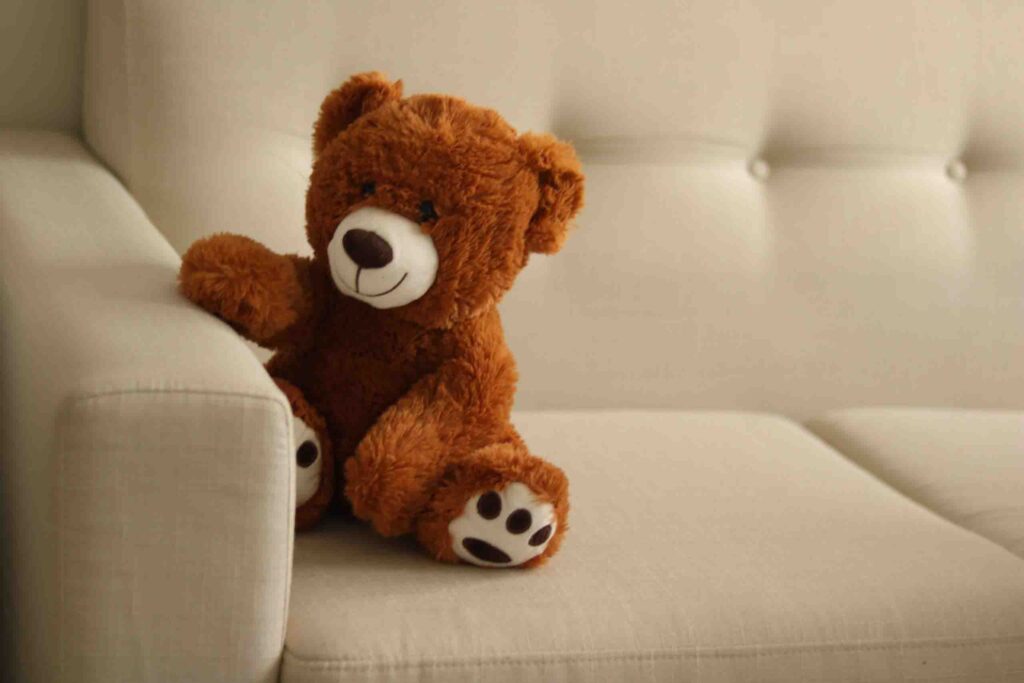
Signs like flattened stuffing, torn fabric, and unpleasant odors indicate a plushie may no longer be safe or comfortable. Regular inspection helps ensure your plushie is still a cozy companion.
- Physical Wear and Tear: Recognizing Damage Look for holes, loose threads, or exposed stuffing, which can cause choking hazards for children.
- Stuffing Quality: When Does It Lose Its Support? Over time, stuffing can clump or compress, making the plush less cuddly and structurally unsound.
- Allergen and Hygiene Concerns: Health Risks of Old Plushies Dust mites, pet dander, and mold can build up in older plushies, potentially triggering allergies or respiratory issues.
- Material Safety Standards: What Certifications Matter? Certified non-toxic and hypoallergenic materials ensure plushies meet safety standards even after prolonged use.
- User Comfort: Subjective but Important If the plush feels rough, stiff, or emits odors, it’s likely past its prime for comfortable use. Indicator Description Safety & Comfort Implication Physical Wear and Tear Holes, loose threads, or exposed stuffing may cause choking hazards. Unsafe for children; risk of injury or ingestion. Stuffing Quality Clumped or compressed stuffing reduces cuddly feel and structural support. Plush becomes less comfortable and unstable. Allergen and Hygiene Accumulation of dust mites, pet dander, mold can trigger allergies. Health risk for sensitive users; hygiene concern. Material Safety Standards Use of certified non-toxic, hypoallergenic materials maintains safety. Ensures plush meets safety even with extended use. User Comfort Rough texture, stiffness, or unpleasant odors indicate degradation. Plush likely no longer comfortable for use.
| Indicator | Description | Safety & Comfort Implication |
|---|---|---|
| Physical Wear and Tear | Holes, loose threads, or exposed stuffing may cause choking hazards. | Unsafe for children; risk of injury or ingestion. |
| Stuffing Quality | Clumped or compressed stuffing reduces cuddly feel and structural support. | Plush becomes less comfortable and unstable. |
| Allergen and Hygiene | Accumulation of dust mites, pet dander, mold can trigger allergies. | Health risk for sensitive users; hygiene concern. |
| Material Safety Standards | Use of certified non-toxic, hypoallergenic materials maintains safety. | Ensures plush meets safety even with extended use. |
| User Comfort | Rough texture, stiffness, or unpleasant odors indicate degradation. | Plush likely no longer comfortable for use. |
3. Which Types of Plushies Last the Longest?
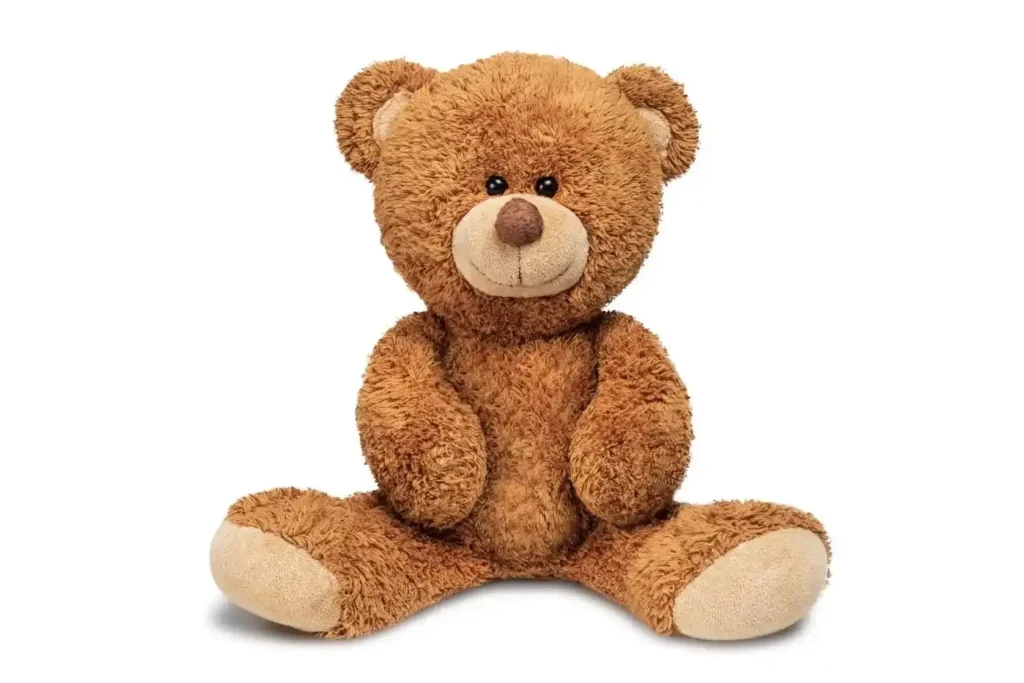
Certain fabrics and stuffing materials, along with thoughtful design, contribute to a plushie’s longevity. Plushies made from durable fabrics with resilient stuffing outperform cheaper alternatives.
- Stuffing Materials: Polyester Fiberfill vs. Memory Foam vs. Microbeads Polyester fiberfill is common and affordable but can flatten over time. Memory foam stuffing maintains shape but is costlier. Microbeads offer flexibility but may leak if seams burst.
- Fabric Choices: Plush, Minky, Velvet, and Fleece Minky fabric and velvet blends are soft yet strong, resisting pilling better than standard plush fabrics. Fleece offers durability but less softness.
- Construction Details: Seams, Reinforcements, and Design Reinforced seams and minimal stitching stress points reduce wear. Simple shapes with fewer appendages last longer since they have fewer weak points.
- Brand and Manufacturer Quality Established brands with strict quality control often produce longer-lasting plushies compared to generic mass-produced versions.
| Stuffing Type | Durability | Comfort | Cost | Maintenance Needs |
|---|---|---|---|---|
| Polyester Fiberfill | Moderate | High | Low | Machine washable |
| Memory Foam | High | Very High | High | Spot clean preferred |
| Microbeads | Moderate | Moderate | Medium | Avoid washing |
4. How Should You Properly Clean and Maintain Plushies to Extend Their Life?
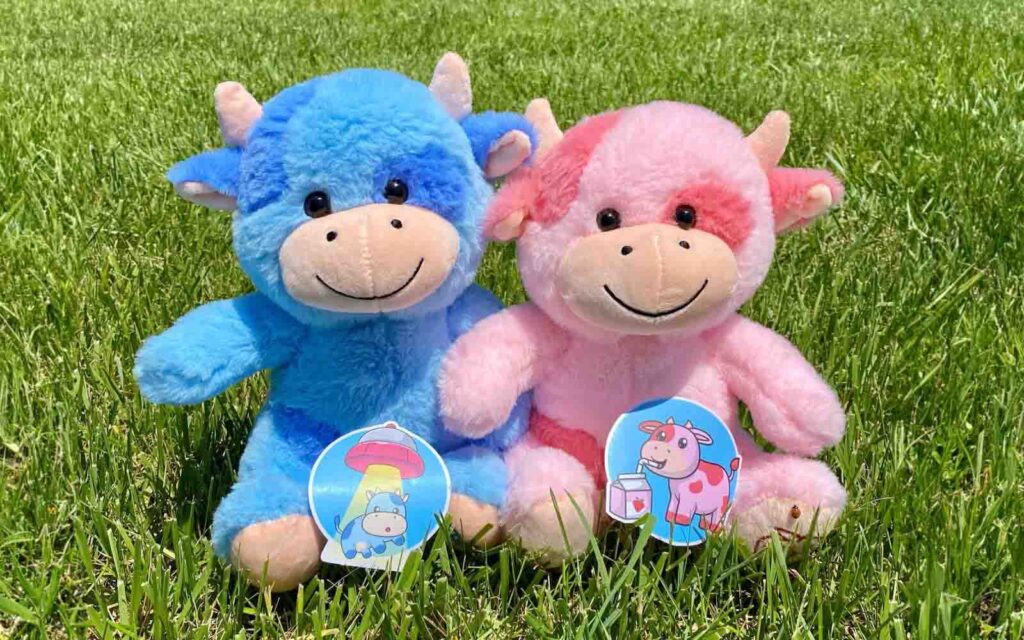
Cleaning methods depend on material and construction but proper maintenance is key to prolonging plushie lifespan. Gentle cleaning, careful drying, and correct storage make a big difference.
- Washing Methods: Machine vs. Hand Wash Machine washing is convenient but may damage delicate plushies. Hand washing with mild detergent is safer for delicate or vintage items.
- Drying Techniques: Air Dry vs. Dryer Air drying prevents heat damage and shrinking. Using a dryer risks melting synthetic fibers or warping stuffing.
- Cleaning Frequency: When and How Often to Wash Washing every few months or as needed based on use balances cleanliness and preservation. Over-washing speeds wear.
- Storage Best Practices Store plushies in cool, dry places away from direct sunlight. Use breathable bags to avoid moisture buildup.
- Repairing Small Damages Promptly Fix loose seams and tears early to prevent worsening damage and stuffing loss. Maintenance Aspect Recommended Practice Impact on Plushie Longevity Washing Methods Hand wash delicate/vintage plushies with mild detergent; machine wash convenient but risky for fragile items. Protects fabric and stuffing from damage. Drying Techniques Air dry to avoid heat damage and shrinking; avoid tumble drying. Prevents fiber melting and stuffing deformation. Cleaning Frequency Wash every few months or as needed; avoid over-washing. Balances cleanliness with fiber preservation. Storage Best Practices Store in cool, dry, shaded areas; use breathable bags to prevent moisture buildup. Reduces mold, discoloration, and fiber weakening. Repairing Small Damages Promptly sew loose seams or small tears to avoid further damage. Maintains structural integrity and prevents stuffing loss.
| Maintenance Aspect | Recommended Practice | Impact on Plushie Longevity |
|---|---|---|
| Washing Methods | Hand wash delicate/vintage plushies with mild detergent; machine wash convenient but risky for fragile items. | Protects fabric and stuffing from damage. |
| Drying Techniques | Air dry to avoid heat damage and shrinking; avoid tumble drying. | Prevents fiber melting and stuffing deformation. |
| Cleaning Frequency | Wash every few months or as needed; avoid over-washing. | Balances cleanliness with fiber preservation. |
| Storage Best Practices | Store in cool, dry, shaded areas; use breathable bags to prevent moisture buildup. | Reduces mold, discoloration, and fiber weakening. |
| Repairing Small Damages | Promptly sew loose seams or small tears to avoid further damage. | Maintains structural integrity and prevents stuffing loss. |
5. Is It Possible to Repair or Restore Old Plushies?
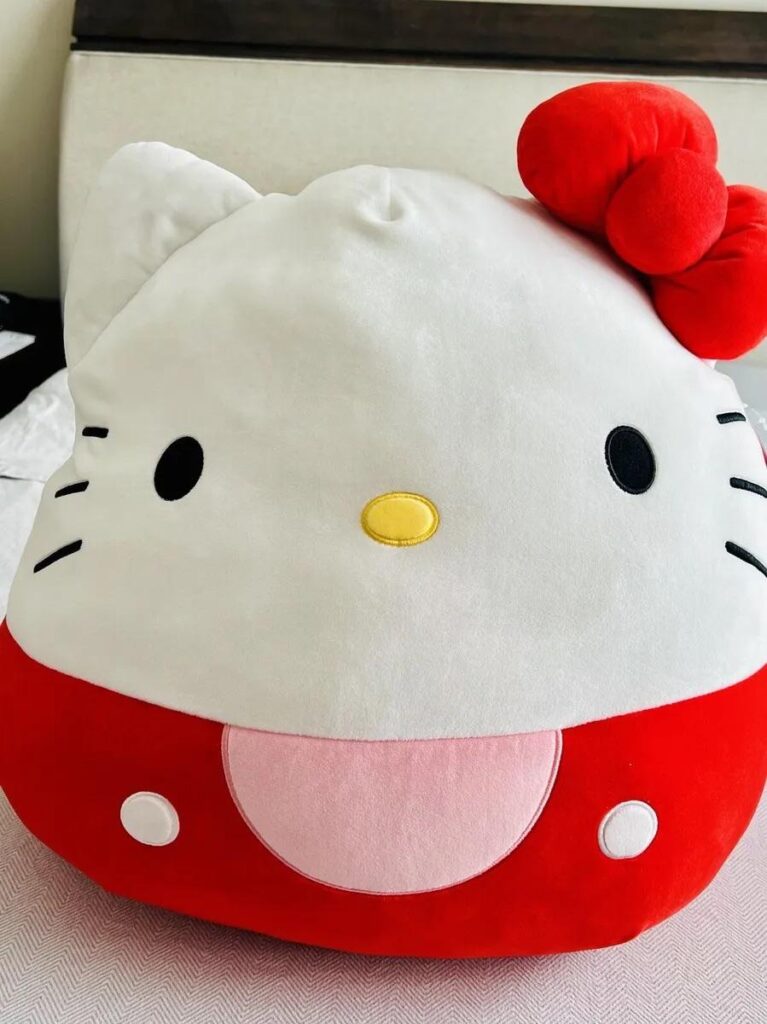
Yes, repairing plushies can extend their life and preserve sentimental value. From simple stitching repairs to professional restoration, various options exist depending on damage severity.
- DIY Repairs: Stitching and Patching Small tears and holes can be hand-sewn with matching thread. Patches help cover worn areas while adding charm.
- Replacing Stuffing: How and When Remove old, flattened stuffing and replace with fresh polyester fiberfill or alternatives to restore shape and softness.
- Professional Restoration Services Specialized restorers can handle vintage or valuable plushies with careful cleaning, fabric repair, and structural reinforcement.
- Cost vs. Value Considerations Weigh repair costs against plushie sentimental or monetary value before committing. Sometimes replacement is more practical.
- Sustainability Benefits Repairing rather than discarding reduces waste and supports eco-friendly practices. Repair Aspect Description Benefits & Considerations DIY Repairs Hand-sew small tears/holes; use patches to cover worn areas. Simple, cost-effective; adds charm and prolongs life. Replacing Stuffing Remove old stuffing; refill with fresh polyester fiberfill or alternatives. Restores shape and softness effectively. Professional Restoration Expert cleaning, fabric repair, and structural reinforcement for valuable/vintage plushies. High-quality results but may be costly. Cost vs. Value Assess sentimental/monetary value before investing in repairs. Sometimes replacement is more practical than repair. Sustainability Benefits Repairing reduces landfill waste and supports eco-friendly practices. Environmentally responsible choice.
| Repair Aspect | Description | Benefits & Considerations |
|---|---|---|
| DIY Repairs | Hand-sew small tears/holes; use patches to cover worn areas. | Simple, cost-effective; adds charm and prolongs life. |
| Replacing Stuffing | Remove old stuffing; refill with fresh polyester fiberfill or alternatives. | Restores shape and softness effectively. |
| Professional Restoration | Expert cleaning, fabric repair, and structural reinforcement for valuable/vintage plushies. | High-quality results but may be costly. |
| Cost vs. Value | Assess sentimental/monetary value before investing in repairs. | Sometimes replacement is more practical than repair. |
| Sustainability Benefits | Repairing reduces landfill waste and supports eco-friendly practices. | Environmentally responsible choice. |
6. What Are the Environmental and Sustainability Considerations in Plushie Longevity?
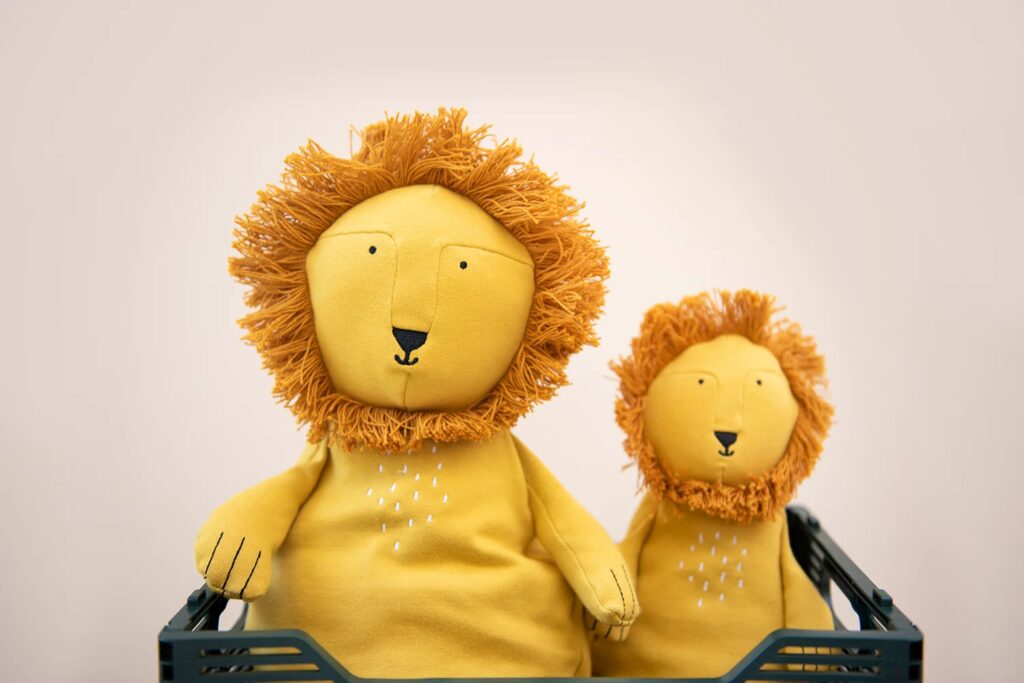
Eco-conscious consumers are increasingly interested in how plushie materials and manufacturing impact the environment and how longevity relates to sustainability.
- Eco-Friendly Materials: Organic Cotton, Recycled Fibers These materials may biodegrade faster but can sometimes compromise durability compared to synthetics.
- Durability vs. Biodegradability Trade-Off Longer-lasting plushies reduce waste but often use non-biodegradable materials, creating environmental challenges.
- Sustainable Manufacturing Innovations Some companies use recycled plastics or bio-based fibers while improving durability through new technologies.
- End-of-Life Plushie Options Recycling programs, repurposing, or donating gently used plushies help minimize landfill waste.
- Consumer Choices and Industry Trends Demand for sustainable plushies drives innovation balancing longevity with environmental responsibility. Environmental Aspect Description Impact on Plushie Longevity & Sustainability Eco-Friendly Materials Use of organic cotton and recycled fibers; faster biodegradation but sometimes less durable. Balances biodegradability with potential durability trade-offs. Durability vs. Biodegradability Trade-Off Durable plushies last longer but often contain non-biodegradable materials. Longer lifespan reduces waste but raises disposal challenges. Sustainable Manufacturing Innovations Incorporation of recycled plastics, bio-based fibers, and improved durability technologies. Supports eco-friendly production without sacrificing quality. End-of-Life Plushie Options Recycling, repurposing, or donating gently used plushies to reduce landfill waste. Extends plushie lifecycle and minimizes environmental impact. Consumer Choices & Industry Trends Rising demand for sustainable plushies fuels innovation in materials and design. Encourages responsible production balancing longevity and eco-friendliness.
| Environmental Aspect | Description | Impact on Plushie Longevity & Sustainability |
|---|---|---|
| Eco-Friendly Materials | Use of organic cotton and recycled fibers; faster biodegradation but sometimes less durable. | Balances biodegradability with potential durability trade-offs. |
| Durability vs. Biodegradability Trade-Off | Durable plushies last longer but often contain non-biodegradable materials. | Longer lifespan reduces waste but raises disposal challenges. |
| Sustainable Manufacturing Innovations | Incorporation of recycled plastics, bio-based fibers, and improved durability technologies. | Supports eco-friendly production without sacrificing quality. |
| End-of-Life Plushie Options | Recycling, repurposing, or donating gently used plushies to reduce landfill waste. | Extends plushie lifecycle and minimizes environmental impact. |
| Consumer Choices & Industry Trends | Rising demand for sustainable plushies fuels innovation in materials and design. | Encourages responsible production balancing longevity and eco-friendliness. |
Conclusion
Plushies are much more than just stuffed toys—they are cherished companions that can last for years or even decades when made well and cared for properly. Understanding the materials, care methods, and repair options can help you maximize the lifespan of your plushies while supporting sustainability.
If you’re looking to customize durable, eco-friendly plush toys tailored to your brand or needs, Kinwin offers professional development, manufacturing, and quality control services. Reach out today for a consultation and start creating plushies that stand the test of time and bring joy to your customers.




